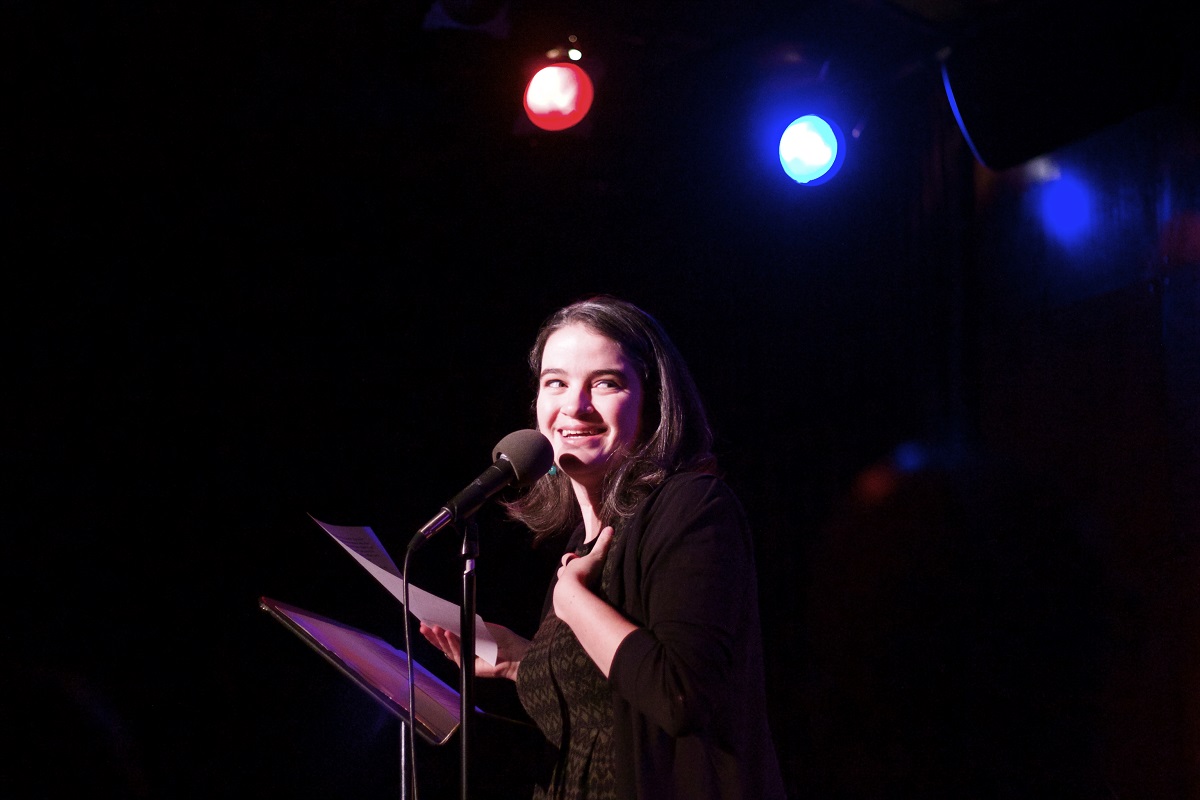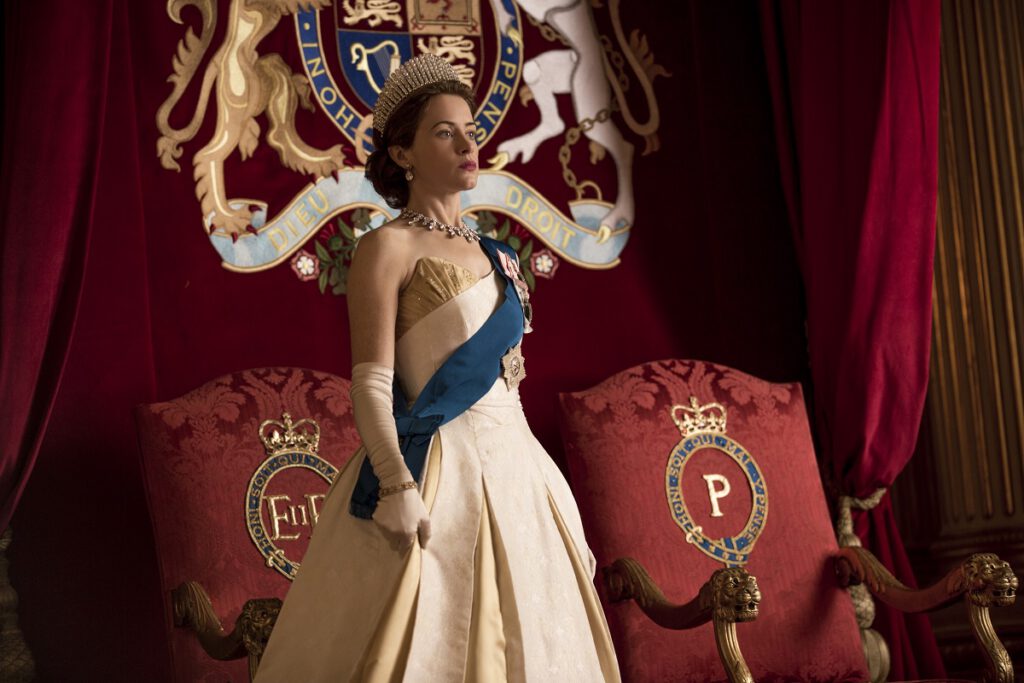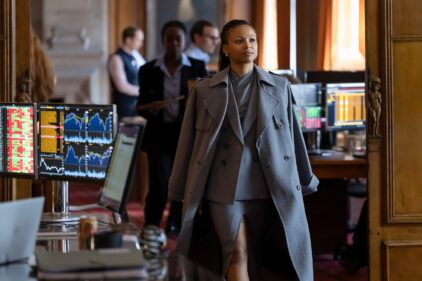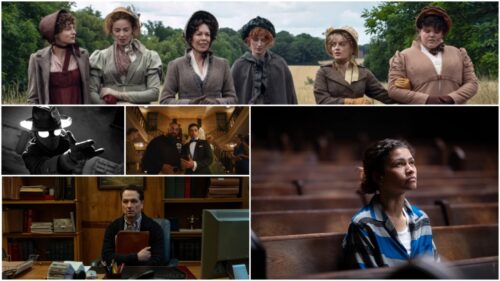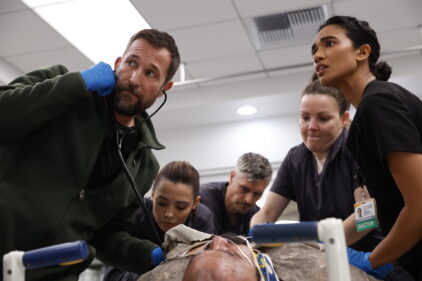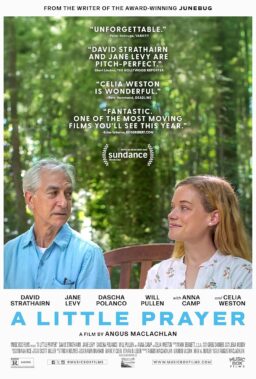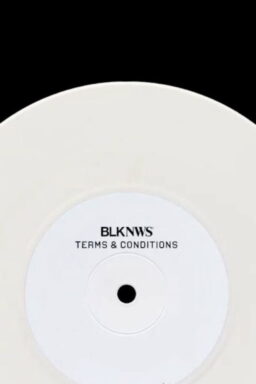Some things are more valuable than the finest jewels and most lavish homes, more prized than the richest collection of fine art and any closet overflowing with couture could ever be. The second season of Peter Morgan’s “The Crown” suggests a few such things: family, honesty, privacy, loyalty, and love. But there’s something else as well, and the excellent ten episodes contained within this season make that one thing perfectly clear: a great actor is nearly priceless, but an ensemble full of them is worth all the jewels in the family vault, and then some.
Premiering in its entirety this Friday, December 8th, “The Crown” is a treasure, all by itself. Netflix’s famously lavish series is a sumptuous visual delight, its richness both a treat for the eyes and a requirement for the story being told. The best money spent, however, is whatever the hell they decided to pay Claire Foy. As with the first season of “The Crown,” Foy leads an ensemble that’s uniformly excellent, the performances as rich when the players come to the foreground as when they take a step back. But even in a cast this good, where everyone is excellent and absolutely no one phones it in, Foy stands out. This is an actor that does more without moving her face than many do over the course of hours, telling a story as much through silence, stillness, and perhaps—if extravagance is required—the tightening of the jaw or a rigidity in the shoulders. She plays Elizabeth II, and she plays The Crown, an entity that defines Elizabeth even as she wishes to reject all it requires.

In the second season of “The Crown,” it requires a lot. The story resumes with a wary Elizabeth and a disaffected and frustrated Philip (Matt Smith, good in his first go-round and great in his second) tentatively and tenderly reconnecting after the events of the first season. A wrench is thrown in the works quite quickly, something often true in life and pretty much always true in fiction, and suddenly distance and coldness loom large and warmth and tenderness feel very far away. It’s a pattern that repeats, as Elizabeth connects before recoiling from or being rebuffed by everyone from her sister Margaret (Vanessa Kirby, also great) to Jackie Kennedy (Jodi Balfour). She’s a woman who is never just a woman. She is always a role, a job, a duty and a symbol as well. As the world changes and her relationships change along with it, both the woman and the symbol struggle to keep up.
Clearly, “The Crown” doesn’t come close to experiencing a second-season slump. In some ways, it tops the highs achieved in its initial run, building on the already-complex relationships between Elizabeth, Philip, Margaret, the Queen Mother, and other members of the Royal Family and their retinue to create something even more layered and rich. In others, it falters a bit. In the first season, Elizabeth’s visits with Winston Churchill provided a throughline, linking together the disparate (if thematically related) stories offered in each hour with one changing relationship. Here, no such thread emerges, perhaps because the two Prime Ministers with whom Elizabeth sits (played by Jeremy Northam and Anton Lesser) loom far less large, both in history and in presence. Their fecklessness contrasts sharply with the Elizabeth of season two, still not happy in her role but far more comfortable, and far less likely to be pushed around.

While Foy is the greatest strength of “The Crown,” and Elizabeth by far its most compelling character, others also make their mark. The returning Smith, Kirby, and Greg Wise (as Lord Mountbatten) all give textured performances, in which there’s always something wounded lingering just beneath the surface. Kirby’s especially adept at this, though Margaret’s wounds also find a way of sneaking out into the sunlight, and some of the most upsetting and lovely work in the series can be found when the camera peeks through the unhappy Princess’ closed door. Most of the newer arrivals also excel, the only true off-note courtesy of Michael C. Hall, whose turn as John F. Kennedy is precisely what I wrongly feared Lithgow’s first-season run would be: an uninspired, flat, and unnecessarily distracting piece of stunt casting.
It’s a shame, because the episode in which he appears, “Dear Mrs. Kennedy,” is otherwise a season standout, and a fair representation of what makes this show such a rich and layered viewing experience. Within one story, that of a visit to Buckingham Palace by the Kennedys and Elizabeth’s reaction to that visit, “The Crown” achieves so much. On the surface, it’s a gripping little historical anecdote. With regard to the season’s arc, it’s a major stepping stone for Elizabeth, a moment in which she chooses to use the tools at her disposal and follow her instincts, advisors be damned. Thematically, it continues to explore the gap, ever shrinking, between the woman and the Crown, and how the woman’s emotions and experiences are often disregarded lest they affect the institution. And on a character level, it’s a story about a woman struggling with her own insecurities and jealousies, how such feelings can create distance and how that distance can be erased; how strength can emerge from those uncomfortable emotions and how quickly that strength can curdle into pettiness. That’s all covered with relative ease in one hour, along with political intrigue, gorgeous costuming, and the ever-changing relationships that anchor Elizabeth in her life. They even leave room for a dance scene.
That’s what sets “The Crown” apart most. Peter Morgan and his fellow writers and directors have three incredible gifts with which to create: history and its ceaseless supply of good stories, an ensemble as gifted as any on television, and more money than God. What they’ve chosen to do with those gifts is remarkable, cruising past the easy world of by-the-numbers storytelling and instead exploring both history and the complexities of marriage, parenting, sisterhood, governance, femininity, agency, and growth—and they’ve been able to achieve this in part because of the performer who sits at the center of the swirling storm. When “The Crown” next returns, it’ll be with a new ensemble, and while the great Olivia Colman’s turn in Elizabeth’s shoes is sure to be every bit as compelling as Foy’s, it’s hard not to feel a sense of loss. It’s a towering performance, one that’s made Morgan’s creation a can’t-miss piece of entertainment.
